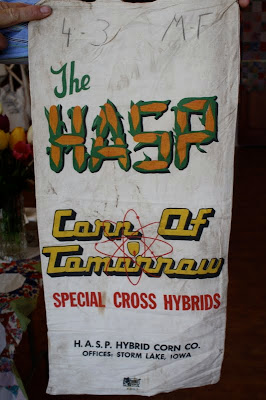There's been a lull on Pearl the Squirrel, and I confess it's because I've been away. Yup, I just left home for 12 days...the longest stretch in many a year. I was fortunate enough to accompany my husband to a meeting in Italy, and then we stayed on for another week and met up with my daughter and her husband and had an absolutely fantastic time. Aside from getting lost on the autostrade a few times, all went well (we even got bumped up to business class on our flight over and those luxurious seats make it possible to actually sleep—what a fantastic treat!).
In addition to all the glorious scenery, churches, food, etc., I found myself drawn to the way Italians hang their laundry on clotheslines they string ingeniously from window frames, shutters, etc.
I have a real thing for my own clothesline, hanging clothes when using the dryer would be much more efficient. Although I thoroughly enjoy the fact that I'm not spending money or energy when I use my clothesline, there's something about all aspects of hanging out laundry—the way the colors of wet clothes are deep and saturated, seeing fabrics fluttering in the wind, and getting to fold them up and pop them in my wicker clothes basket, often no longer in need of ironing—that warms my textile-lovin' heart.
So I give you my Italian laundry series...
In addition to all the glorious scenery, churches, food, etc., I found myself drawn to the way Italians hang their laundry on clotheslines they string ingeniously from window frames, shutters, etc.
I have a real thing for my own clothesline, hanging clothes when using the dryer would be much more efficient. Although I thoroughly enjoy the fact that I'm not spending money or energy when I use my clothesline, there's something about all aspects of hanging out laundry—the way the colors of wet clothes are deep and saturated, seeing fabrics fluttering in the wind, and getting to fold them up and pop them in my wicker clothes basket, often no longer in need of ironing—that warms my textile-lovin' heart.
So I give you my Italian laundry series...
































